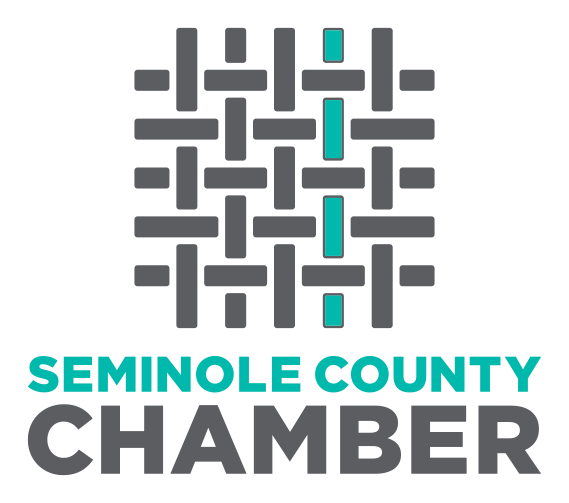There is no question that the U.S. has a financial problem. The statistics are indisputable. Americans carry an average personal debt of over $90,000. Many times, it’s through no real fault of their own. There are so many factors to consider. The cost of living continues to rise, and as it does so it is becoming easier for people to get credit when they may not have the means to cover their bills.
Additionally, with the unemployment rate skyrocketing due to the COVID-19 pandemic, times are difficult for many people, and that includes the struggle with finances. We’ve all seen the headlines about looming eviction rates and bankruptcy surges, but what those headlines won’t tell you is that for many, these issues are not on the horizon, but rather on their doorstep.
While some people tend to shy away from bankruptcy or think it is a negative thing, that isn’t the case at all – when it’s processed the correct way.
What is Personal Bankruptcy?
Personal bankruptcy is a legal process in which a debtor files with their local court system. As a result, the debtor’s personal assets are evaluated, and some may be sold in order to offer creditors a portion of what they are owed.
The process of filing for bankruptcy also creates something called an “automatic stay,” which means creditors are blocked from collecting your debts until the court proceedings are over. This can give you a bit of breathing room while your case is being reviewed.
Bankruptcy works differently depending on an individual’s financial situation and how the court sees it. In some cases, a financial plan may be worked out that better fits with your income and needs, so you can pay back your creditors at a different rate. Other times, your debt will be completely eliminated.
In the case of Chapter 13 bankruptcy, the debtor will develop a plan based on their personal finances to repay their creditors over a fixed period of time.
Read More.
The Orlando Law Group
-
Jennifer Englert Schmitt President
- April 03, 2023
- (407) 512-4394
- Send Email



